The document summarizes APA citation style guidelines for in-text citations and references. It states that APA style requires both in-text citations and a reference list, following the author-date method. Guidelines are provided for citing different numbers of authors, sources without authors, quotations, paraphrases, secondary sources, and personal communications.
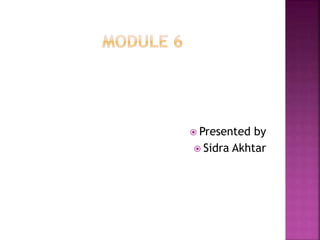









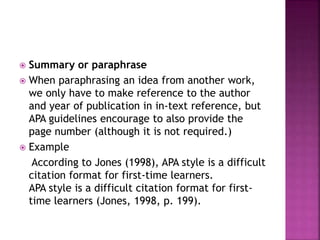
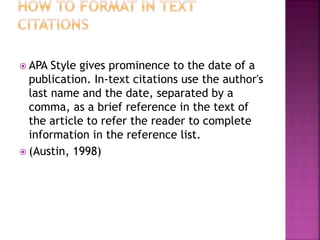


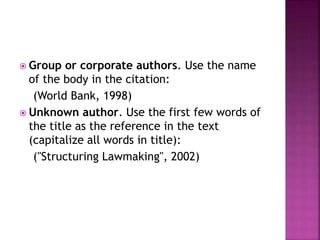






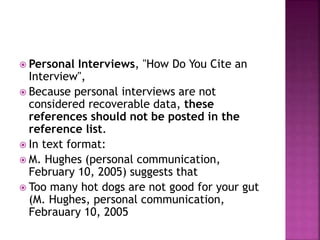

![ Research Interviews
Though most personal communications include
the communicators first initial and surname, in
the case of research interviewees, the
participant's identity must remain anonymous for
ethical reasons. As a result, we do not include
any identifying information. Here are some ways
to keep participants anonymous:
Do not provide any identifying information:
Observations by one of the students interviews
draws more attention to the inital problem:
[Insert quote without other attributions]](https://image.slidesharecdn.com/reportweittingmehwish-230221183830-c1bfec57/85/Report-writing-APA-style-24-320.jpg)

